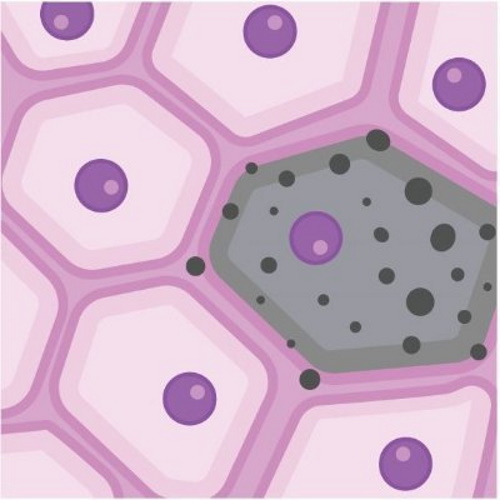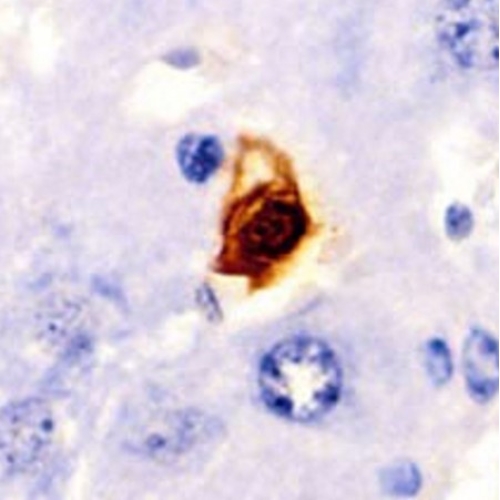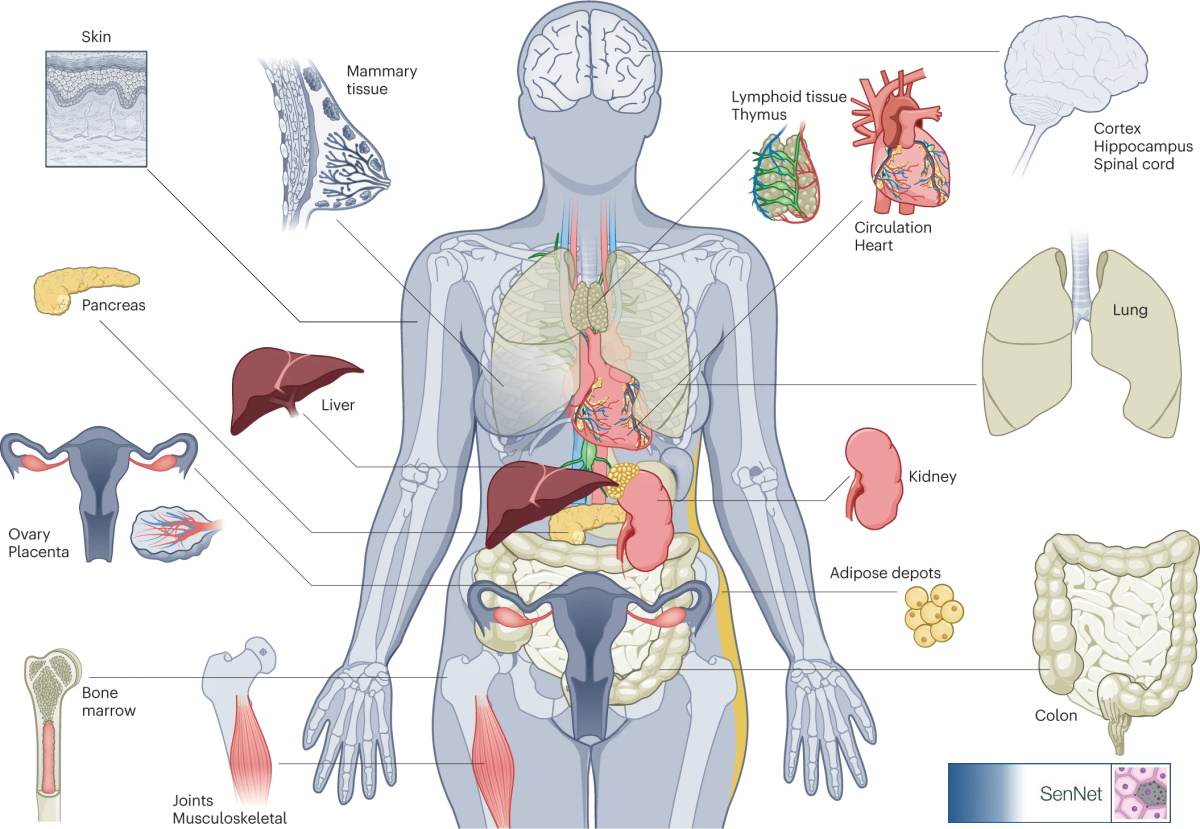Key points from article :
Cellular Senescence Network (SenNet) has been established, in 2021, by National Institutes of Health (NIH) Common Fund.
Its goal is to map SnCs across the human lifespan to advance diagnostic and therapeutic approaches to improve human health.
There is sparse information about the identity and features of SnCs in human tissues.
Will functionally characterize the heterogeneity of SnCs in 18 tissues from healthy humans across lifespan at the single-cell resolution.
There are numerous ongoing clinical trials testing senolytics in age-related diseases and geriatric syndromes.
Need to develop tools to map and identify human SnCs with spatial and temporal resolution.
Will also facilitate the discrimination of SnCs that are physiological (required for establishing or reattaining tissue homeostasis) versus pathological (exacerbating disease).
Deliverables:
- extensive multi-omics and imaging datasets
- generation of new tools, technologies and computation modeling systems
- biomarker panels that enable the identification of SnCs
- establishing reliable approaches for perturbing (eliminating, modifying and removing) SnCs
- improved imaging tools - aspirationally at the whole-organism level







